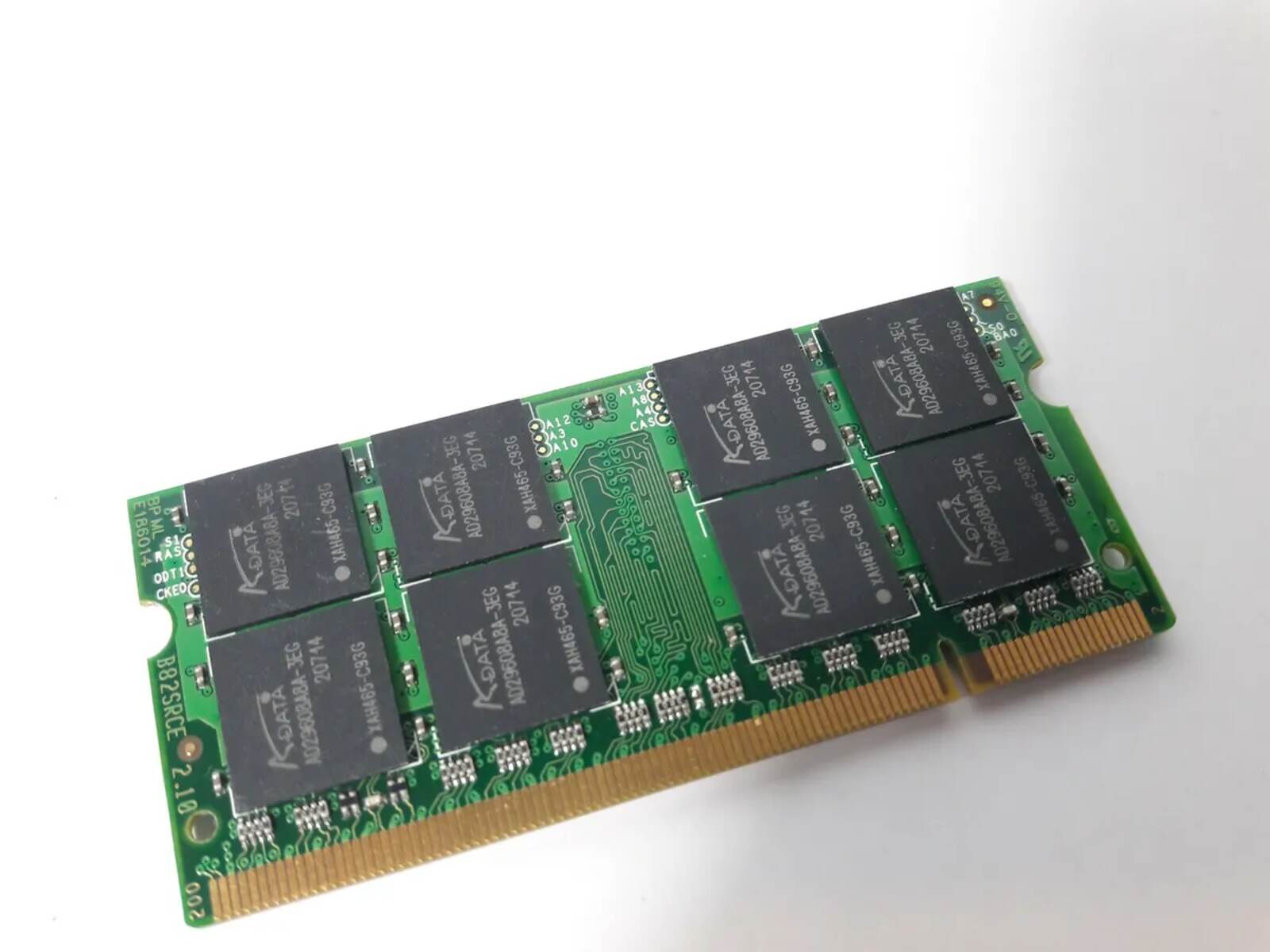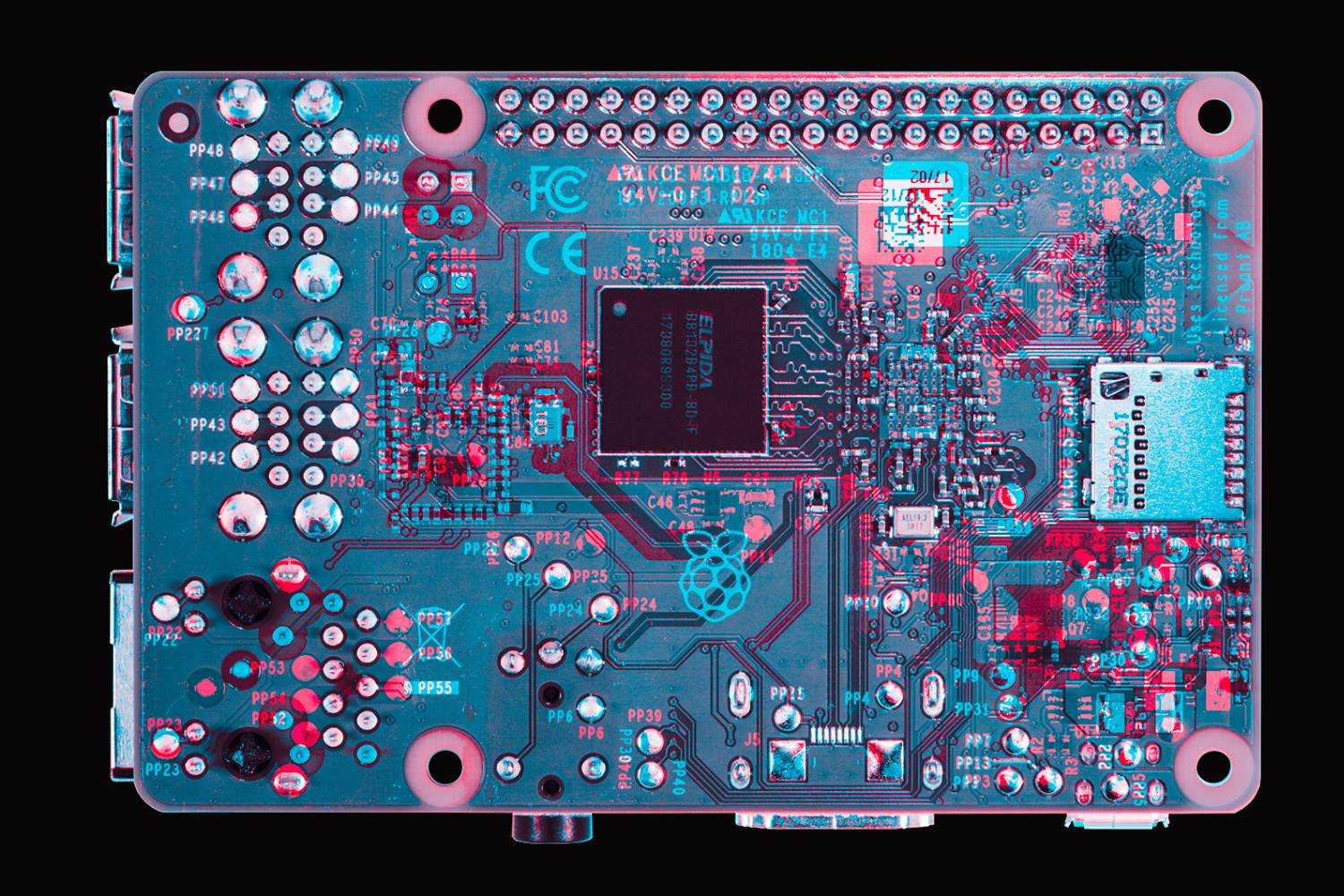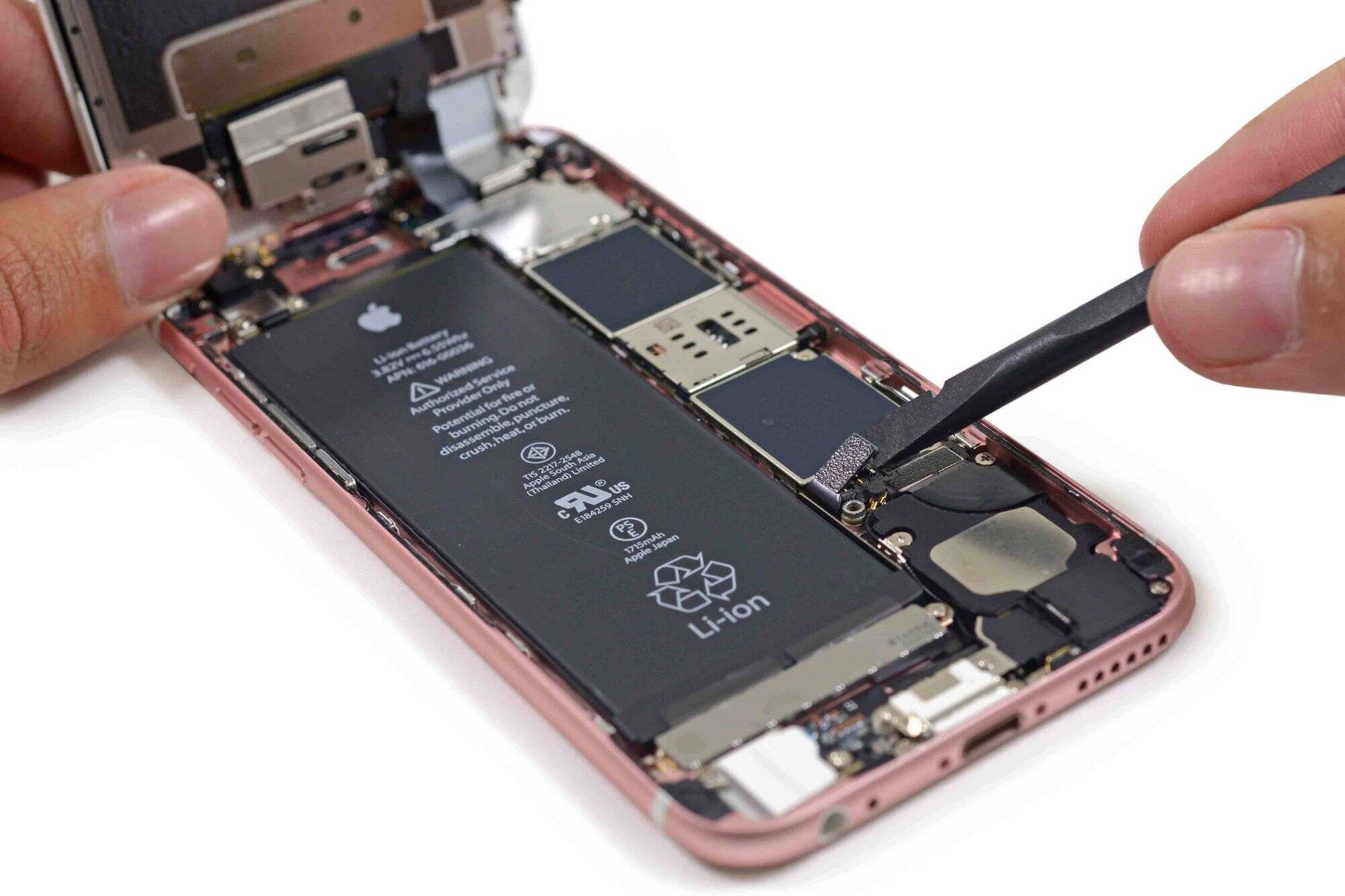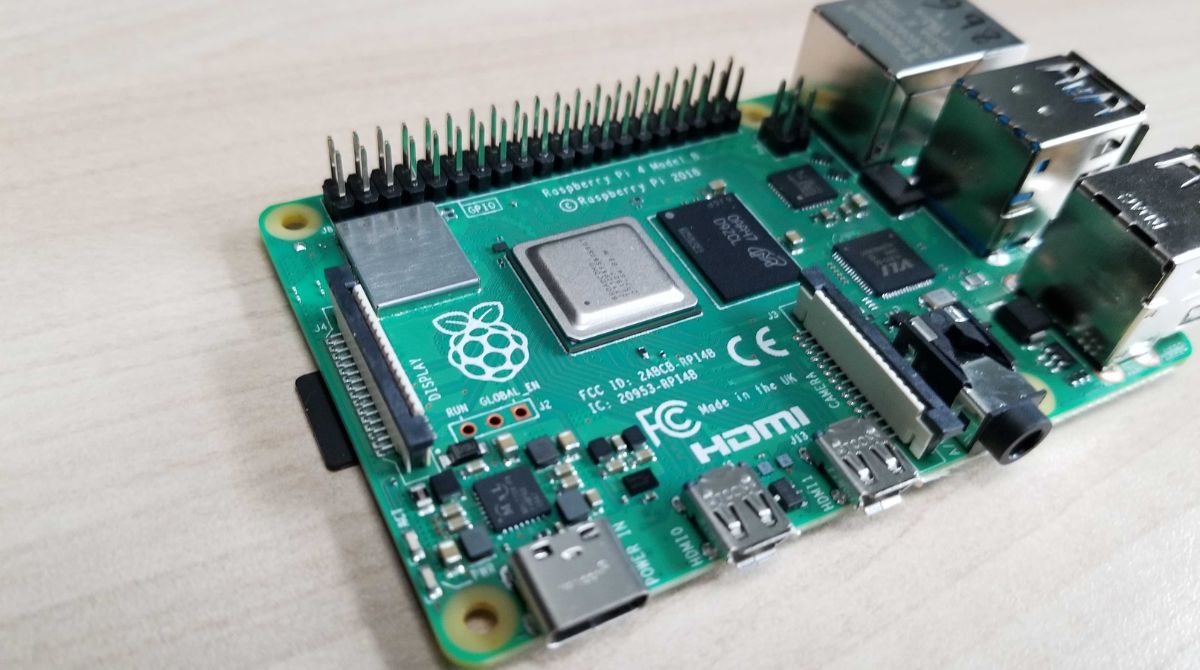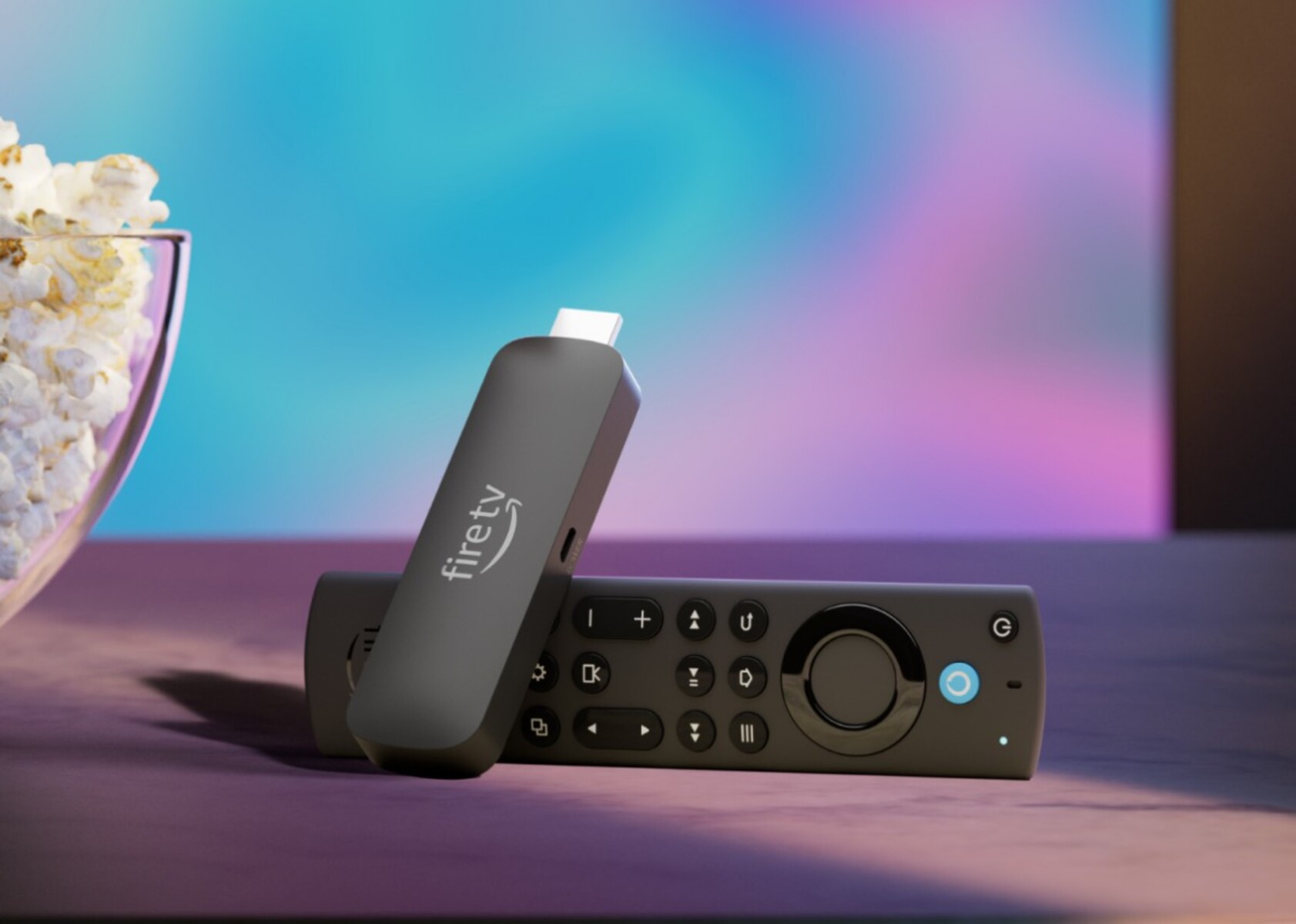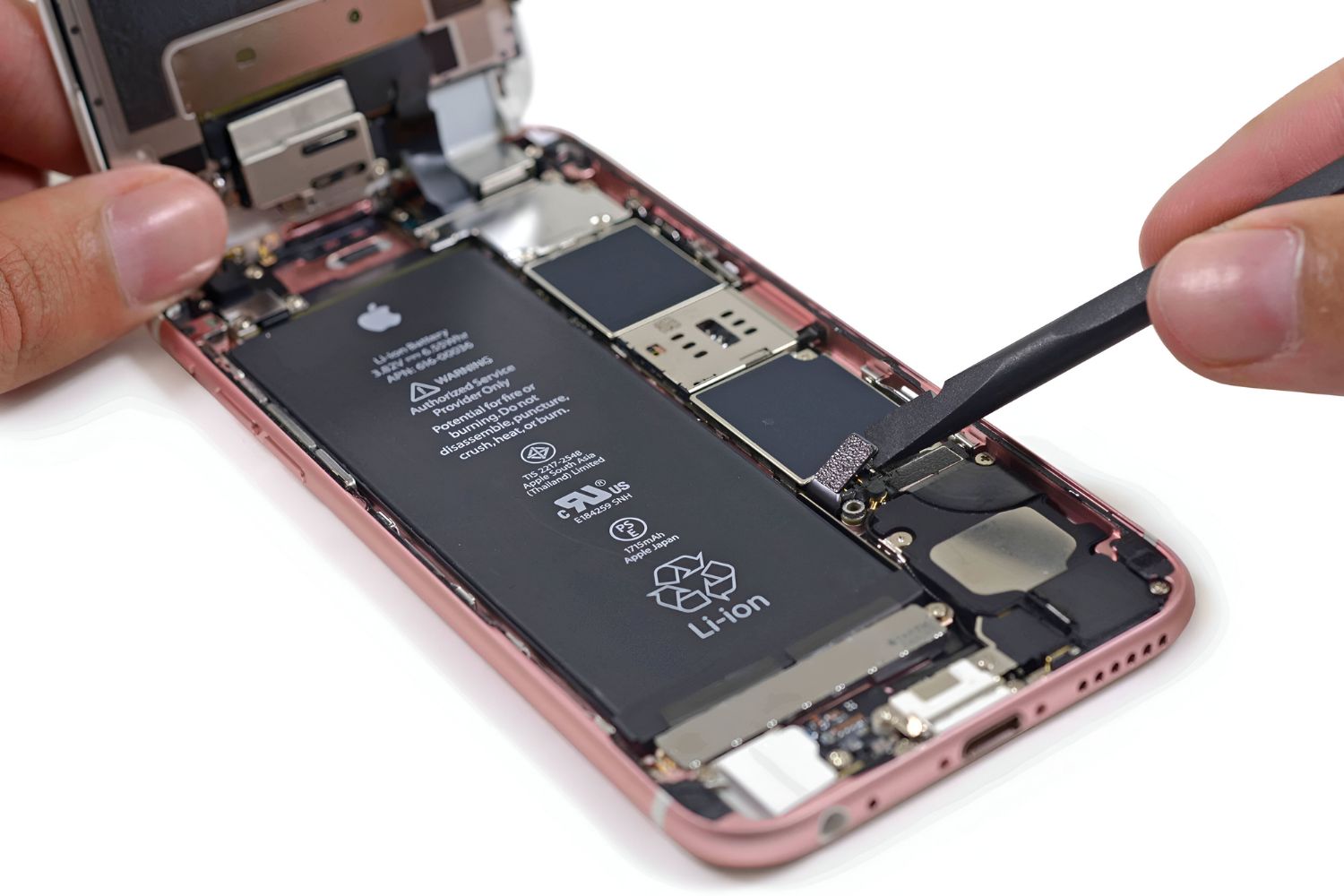Introduction
RAM, or Random Access Memory, plays a vital role in the performance of a computer. It is a crucial component that determines how smoothly a device operates and handles multiple tasks simultaneously. Understanding the capacity and capabilities of RAM is essential, especially with the constant advancements in technology.
In this article, we will explore the concept of RAM and specifically focus on the significance of 1GB of RAM. We will delve into how RAM functions, its impact on computer performance, and the practical uses of 1GB of RAM in modern devices. Additionally, we will discuss whether 1GB of RAM is still relevant in today’s technological landscape.
Whether you are a tech-savvy individual or simply curious about the inner workings of a computer, this article will provide you with a comprehensive understanding of what 1GB of RAM entails and its importance in the world of computing. So, let’s dive in and discover the fascinating world of RAM and its impact on device performance!
What is RAM?
RAM, or Random Access Memory, is a type of computer memory that stores data and instructions that are actively used by the computer’s processor. Unlike the hard drive or solid-state drive, RAM provides fast access to data, allowing for quick retrieval and execution of commands. It serves as a temporary storage area for the operating system, applications, and files that are currently in use.
Think of RAM as the working memory of your computer. Just like a desk where you keep your current projects and materials for easy access, RAM holds the data that the processor needs to perform tasks efficiently and quickly. The more RAM a computer has, the more data it can hold at any given time, resulting in smoother multitasking and faster processing speeds.
One unique feature of RAM is its ability to allow random access to any memory location, hence the name “Random Access Memory.” This means that the processor can access data from any part of RAM directly, without having to search through the data in a specific order. This random access feature makes RAM an essential component for fast and efficient data processing.
It’s important to note that RAM is a volatile form of memory, meaning it requires a continuous flow of electricity to retain data. When the computer is turned off or restarted, the data stored in RAM is lost. This is why it’s crucial to save any important files or documents to a permanent storage device, such as a hard drive or cloud storage, to prevent data loss.
In summary, RAM is a vital component of a computer system that provides fast access to data and instructions needed by the processor. It acts as the temporary working memory of the device, allowing for efficient multitasking and quick data processing. Understanding the role of RAM is essential in maximizing the performance and productivity of your computer.
How does RAM affect computer performance?
RAM has a profound impact on the overall performance of a computer. It plays a crucial role in determining how quickly and efficiently a device can handle various tasks and applications. Here are some key ways in which RAM affects computer performance:
- Running multiple applications: RAM allows computers to run multiple applications simultaneously. When you have more RAM, the device can allocate more memory to each application, resulting in smoother multitasking. With sufficient RAM, you can open several programs, browse the internet, edit documents, and stream media without experiencing a slowdown or lag.
- Speed of data access: RAM provides faster access to data compared to permanent storage devices like hard drives. When data is stored in RAM, the computer can quickly retrieve and process it, resulting in reduced loading times for applications, files, and web pages. This speed is especially noticeable when working with large files or running memory-intensive applications, such as video editing software or virtual machines.
- Improved gaming performance: Gaming enthusiasts often require systems with ample RAM to ensure smooth gameplay. Games with high-resolution graphics and complex environments can consume a significant amount of memory. With more RAM, the computer can store and process game data more efficiently, resulting in fewer lag spikes, faster loading times, and an overall improved gaming experience.
- Virtualization: RAM is essential for virtualization, where multiple virtual machines run simultaneously on a single physical machine. Each virtual machine requires a certain amount of RAM to operate effectively. Insufficient RAM can lead to decreased performance, as the virtual machines may have to share and compete for limited resources. Adequate RAM allows for smoother virtualization, enabling seamless running of multiple operating systems or testing different software configurations.
In summary, RAM significantly affects computer performance by enabling efficient multitasking, reducing data access times, enhancing gaming experiences, and supporting virtualization. Upgrading your computer’s RAM can be a cost-effective way to improve its overall performance, especially if you find that your device struggles with running multiple applications or resource-intensive tasks. However, it’s important to balance your RAM requirements with other system specifications to achieve optimal performance.
Understanding RAM capacity
RAM capacity refers to the amount of memory that a computer system can utilize. It determines how much data and instructions a device can store and access at a given time. The capacity of RAM is measured in gigabytes (GB) and typically ranges from a few gigabytes to multiple terabytes in high-end server systems. Understanding the RAM capacity of your device is important as it directly affects its performance and capability to handle various tasks effectively.
The capacity of RAM can impact the speed and efficiency of your computer in several ways:
- Running memory-intensive applications: Resource-hungry applications such as video editing software, 3D modeling programs, and virtual machines require a significant amount of RAM to operate smoothly. Insufficient RAM can lead to sluggish performance, frequent freezing, and even crashes. Having enough RAM capacity ensures that these applications have sufficient memory to handle their demanding workload.
- Enhancing multitasking capabilities: If you often find yourself running multiple applications simultaneously or engaging in heavy multitasking, a higher RAM capacity can provide a smoother experience. More RAM allows the computer to allocate memory to each application or task, preventing slowdowns or delays caused by running out of memory.
- Browsing the web efficiently: Modern web browsers and complex websites with multimedia content can consume a significant amount of memory. Having ample RAM capacity enables faster loading times and smoother browsing experiences, especially when opening multiple tabs or running browser extensions.
- Future-proofing your system: As technology continues to advance, software and applications become more resource-intensive. Investing in a higher RAM capacity now can future-proof your system and ensure it remains capable of handling the latest software updates and demanding tasks down the line.
Determining the ideal RAM capacity for your needs depends on several factors, including the nature of your tasks, the type of applications you use, and your budget. For basic everyday tasks like web browsing, word processing, and multimedia consumption, 4-8GB of RAM is usually sufficient. However, for more demanding tasks such as gaming, content creation, or professional software usage, 16GB or more is recommended.
In summary, understanding the RAM capacity of your computer is essential for optimizing performance and ensuring you can handle the tasks you need. It’s important to consider your specific usage requirements and the types of applications you run to determine the ideal RAM capacity. Investing in sufficient RAM capacity can result in a smoother and more efficient computing experience, enabling you to work, play, and multitask without any performance bottlenecks caused by insufficient memory.
What does 1GB of RAM mean?
RAM, or Random Access Memory, capacity is measured in gigabytes (GB), which represents the amount of memory that a computer has available to store data and run programs. When we refer to 1GB of RAM, we are stating that the computer has 1 gigabyte of memory capacity. But what does this actually mean in terms of the computer’s performance and capabilities?
1GB of RAM is considered a relatively small amount of memory by today’s standards. It was more common in older computers and early mobile devices. With 1GB of RAM, the computer can store and access a limited amount of data and instructions at any given time. This capacity may be sufficient for basic tasks such as web browsing, word processing, and light multimedia consumption, but it may struggle when running more demanding applications or multitasking extensively.
It’s important to note that the amount of RAM required for optimal performance depends on various factors, including the operating system, software, and the specific tasks you intend to perform. While 1GB of RAM may be adequate for simple computing needs, it can become a limiting factor when it comes to running resource-intensive applications or engaging in heavy multitasking.
With 1GB of RAM, you may experience slower loading times, delays when switching between applications, and overall reduced performance. Running multiple programs simultaneously or opening multiple tabs in a web browser can quickly consume the available memory, leading to system slowdowns or even crashes.
If you rely on more complex tasks such as gaming, video editing, or running virtual machines, 1GB of RAM will likely be insufficient. These activities require more memory to handle the large amounts of data and processes involved. Insufficient RAM can lead to laggy gameplay, choppy video editing experiences, and decreased virtualization performance.
It’s worth mentioning that modern operating systems and applications have higher memory requirements compared to their predecessors. Upgrading to a higher RAM capacity, such as 4GB, 8GB, or more, can significantly enhance your computer’s performance and allow it to handle a wider range of tasks effectively.
In summary, 1GB of RAM represents a relatively small amount of memory by today’s standards. While it may be sufficient for basic tasks, it can be limiting when it comes to resource-intensive applications or multitasking. Upgrading to a higher RAM capacity is recommended for improved performance and smoother operation, especially for more demanding tasks.
What can you do with 1GB of RAM?
With 1GB of RAM, the options for what you can do on your computer are somewhat limited due to the relatively small amount of memory available. However, there are still several tasks and activities that you can comfortably perform:
- Basic web browsing and email: 1GB of RAM is sufficient for browsing the web, checking emails, and using basic online applications. You can open multiple tabs in your web browser and access websites without significant performance issues.
- Word processing and basic productivity: With 1GB of RAM, you can comfortably work with word processing software, create documents, and perform basic productivity tasks such as creating spreadsheets or presentations.
- Media consumption: You can enjoy streaming audio and video content with 1GB of RAM. Services like YouTube, Spotify, and Netflix can run smoothly, provided you don’t have too many other programs open simultaneously.
- Light gaming: While 1GB of RAM may limit your gaming options, you can still enjoy casual and lightweight games that do not require high memory usage. Classic games, browser-based games, or simpler mobile games can be played without significant performance issues.
- Simple photo editing: Basic photo editing tasks, such as cropping, resizing, and applying simple filters, can be accomplished with 1GB of RAM. However, more complex editing software and high-resolution image processing may be limited by the available memory.
It’s important to note that while these tasks can be performed with 1GB of RAM, you may experience slower performance compared to systems with higher memory capacities. The limited RAM may result in slower application loading times, delays when switching between programs, and occasional system freezes when memory usage reaches its limit.
To optimize your experience with 1GB of RAM, it’s recommended to close unnecessary applications or browser tabs to free up memory. Avoid running memory-intensive tasks simultaneously to prevent performance degradation.
If you find that your computer’s performance is consistently slow or inadequate for your needs, upgrading to a higher RAM capacity, such as 4GB or 8GB, can provide a noticeable improvement in performance and expand the range of tasks you can comfortably perform.
In summary, while the capabilities of a computer with 1GB of RAM are somewhat limited, you can still perform basic tasks like web browsing, email, word processing, basic productivity, media consumption, light gaming, and simple photo editing. It’s important to manage your memory usage and optimize your system to ensure smooth operation. Upgrading to a higher RAM capacity is recommended if you require more demanding or resource-intensive tasks.
How much is 1GB of RAM in modern devices?
In the ever-evolving landscape of technology, the amount of RAM found in modern devices has increased significantly compared to previous years. With advancements in hardware and software, the demand for more memory to support the increasing complexity of applications and multitasking has also grown. As a result, 1GB of RAM may not be as prevalent in current devices as it once was.
In smartphones and tablets, 1GB of RAM used to be standard in older models, but many modern devices now feature at least 4GB or more. Mid-range and flagship smartphones often come equipped with 6GB to 12GB of RAM, enabling smoother multitasking, faster app launching, and better overall performance.
In the realm of laptops and desktop computers, 1GB of RAM is considered minimal by today’s standards. Modern operating systems and applications have higher memory requirements, which demand more RAM to function optimally. Most new laptops and desktop computers are typically equipped with a minimum of 8GB of RAM, with options to upgrade to larger capacities depending on the user’s needs and budget. Gaming PCs or workstations aimed at professionals often feature 16GB or even 32GB of RAM to handle demanding games, video editing, or data-intensive tasks.
It’s also worth mentioning that specialized devices like gaming consoles, smart TVs, and streaming devices have varying amounts of RAM. While 1GB of RAM can still be found in some older models, newer devices tend to offer higher capacities to support advanced features and improved performance.
With the rapid pace of technological advancements, it’s important to consider the requirements of the specific tasks and applications you intend to use when determining the appropriate amount of RAM for your device. While 1GB of RAM may still suffice for basic usage in some cases, investing in a device with more memory can provide a better user experience and future-proof your device against increasingly demanding software and applications.
In summary, modern devices tend to have higher RAM capacities than in the past, with 1GB of RAM being less common in current smartphones, laptops, and desktop computers. Higher memory capacities have become the norm to ensure optimal performance and support the resource-intensive tasks of today’s technology-driven world. Assessing your usage requirements and considering devices with larger RAM capacities can help ensure a smoother and more efficient user experience.
Is 1GB of RAM still relevant today?
In today’s technology-driven world, where software and applications continually evolve to be more complex and resource-intensive, 1GB of RAM is becoming increasingly inadequate for most computing needs. While it may still be sufficient for basic tasks, such as web browsing and word processing, it faces significant limitations when it comes to running more demanding applications and multitasking.
One of the main reasons 1GB of RAM is no longer as relevant is the higher memory requirements of modern operating systems. Operating systems have become more feature-rich and memory-hungry, often utilizing a significant portion of available RAM. This leaves limited headroom for running other applications or tasks simultaneously, leading to performance bottlenecks, slower responsiveness, and potential system crashes.
Another factor that renders 1GB of RAM obsolete is the increasing popularity of memory-intensive applications and content. Video editing software, graphic design applications, gaming, and even web browsing with multimedia content can consume a significant portion of available memory. Insufficient RAM may result in laggy performance, decreased responsiveness, and frequent freezes or crashes, thus hindering productivity and user experience.
Moreover, as technology evolves and software updates become more frequent, the hardware requirements for optimal performance also increase. Many modern applications and games specify higher RAM capacities to operate at their best, especially when dealing with larger datasets or running multiple processes simultaneously.
While 1GB of RAM may still be found in older or budget-oriented devices, most modern devices, including smartphones and computers, are equipped with higher RAM capacities. Even mid-range smartphones now commonly have 4GB of RAM or more, ensuring smooth multitasking, faster app loading, and improved overall performance.
It’s worth noting that upgrading to a higher RAM capacity, such as 4GB, 8GB, or more, can significantly enhance a device’s performance and future-proof it against increasingly demanding software and applications. This allows for seamless multitasking, smoother operation of resource-intensive tasks, and an overall better user experience.
In summary, due to the increasing demands of modern software and applications, 1GB of RAM is becoming less relevant for most computing needs. Insufficient RAM can lead to performance issues, limited multitasking capabilities, and inadequate system responsiveness. Upgrading to a higher RAM capacity is recommended to ensure smooth operation, handle memory-intensive applications, and improve overall performance.
Conclusion
RAM, or Random Access Memory, is a crucial component in modern computing devices. It directly impacts the performance, multitasking capabilities, and overall user experience of computers, smartphones, and other devices. While 1GB of RAM may have been sufficient for basic tasks in the past, it is becoming less relevant in today’s technology-driven world.
The ever-increasing complexity of software applications, resource-intensive tasks, and higher memory requirements of modern operating systems make 1GB of RAM inadequate for most computing needs. Insufficient RAM can lead to performance bottlenecks, slower responsiveness, and difficulty in running memory-intensive applications.
Modern devices are now equipped with higher RAM capacities to meet the demands of multitasking, resource-intensive tasks, and the rapidly evolving technological landscape. Upgrading to a higher RAM capacity, such as 4GB, 8GB, or more, can significantly enhance a device’s performance and ensure smooth operation, especially for gaming, multimedia consumption, multitasking, and running memory-intensive applications.
It’s important for users to evaluate their specific needs, usage patterns, and budget when considering their RAM requirements. Investing in the appropriate RAM capacity based on the tasks you frequently perform can lead to a smoother user experience, faster processing, and improved productivity.
In conclusion, while 1GB of RAM may still be relevant for very basic computing tasks, it is no longer sufficient for most users’ needs. Higher RAM capacities have become the norm to ensure optimal performance, handle memory-intensive applications, and accommodate multitasking. Upgrading to a higher RAM capacity is highly recommended for users who want to fully utilize the capabilities of modern software and applications, enhance their computing experience, and stay technologically relevant in the rapidly advancing digital landscape.







